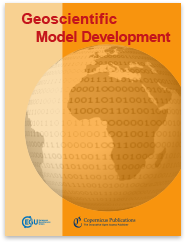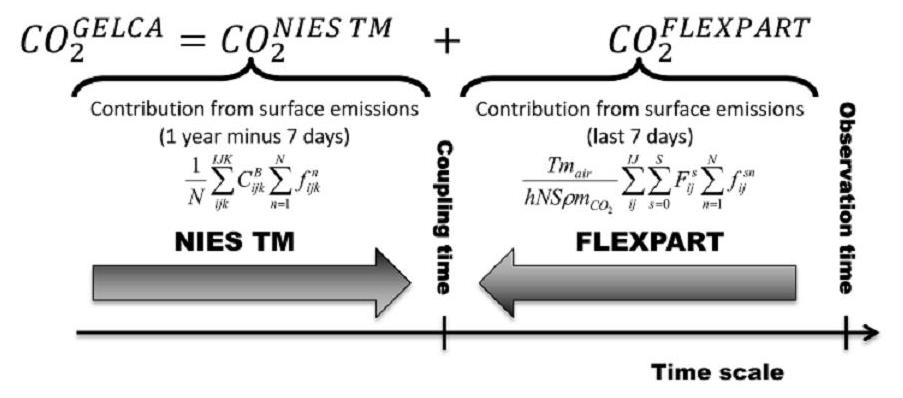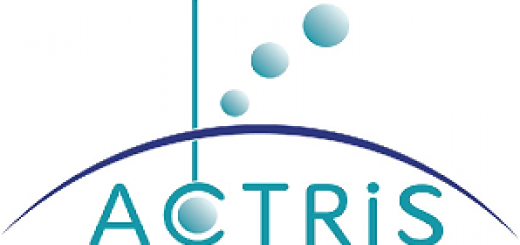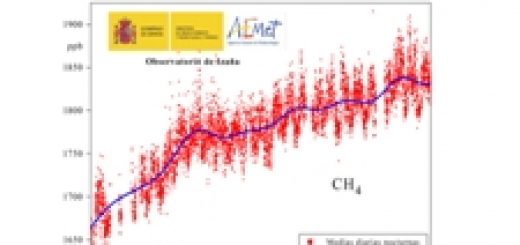Adjoint of the global Eulerian-Lagrangian coupled atmospheric transport model (A-GELCA v1.0): development and validation (New study published in Geoscientific Model Development)

A group of scientists working mainly in Japanese and Russian institutions has published a study in the scientific review Geoscientific Model Development. This scientific paper presents the development and validation of the adjoint of the Global Eulerian-Lagrangian Coupled Atmospheric (GELCA) transport model of the National Institute for Environmental Studies (NIES) of Japan. A researcher from Izaña Atmospheric Research Center has participated in this study contributing to the validation, interpretation of the results, and writing of the article (not in the development of the adjoint of the model).
Because this scientific paper is very technical, we only present here some simple explanations that try to provide the reader some superficial understanding about this topic. An atmospheric transport model consists in a numerical (mathematical) model that given an initial spatial distribution of concentration of a given trace gas (e.g., carbon dioxide) in the atmosphere, computes the time evolution of the concentration of this trace gas in the atmosphere solving a set partial differential equations. These equations take into account that the trace gas is transported by the wind field, but also dispersed due to turbulence and convection. There are also surface (oceanic and land) sources and sinks of the trace gas to be taken into account by the model (there might be also volumetric sinks within the atmosphere in case of trace gases that react chemically in the atmosphere, but this is not the case for carbon dioxide).
The surface sources and sinks are known with high uncertainty (emission inventories, vegetation models, ecosystem trace gas flux measurements…). Using a transport model and atmospheric measurements of trace gas concentration in many stations, the surface sources and sinks can be known better performing an “Inversion”. The procedure is as follows: 1) the a priori surface fluxes are used in a forward run of the transport model; 2) the simulated trace gas concentrations simulated for each time step are compared with the concentrations really measured; 3) from these differences in concentration, the improvements that need to be applied to the surface fluxes to minimize those differences can be deduced; and therefore, a more accurate a posteriori value for the surface fluxes can be obtained. Step 3) can be performed using the adjoint of the transport model.
Developing the adjoint of a transport model is very complex. The adjoint model is like a backward run of the transport model but without inverting the dispersion due to the turbulence and convection (the dispersive phenomena are irreversible).
The transport model used in this study is particularly complex and efficient due to the fact that it consists in the coupling of an Eulerian and a Lagrangian model, continuously in time. Eulerian models are better for the global scale and long times of simulation, whereas Lagrangian models are better for small scales and short times. The GELCA model combines both types of model to obtain simultaneously the advantages of both of them: global coverage and high spatial resolution near the observation stations.

Figure 1. Computational scheme of the forward GELCA coupled model.
More information about this study is available in the published scientific article:
Belikov, D. A., Maksyutov, S., Yaremchuk, A., Ganshin, A., Kaminski, T., Blessing, S., Sasakawa, M., Gomez-Pelaez, A. J., and Starchenko, A.: Adjoint of the global Eulerian–Lagrangian coupled atmospheric transport model (A-GELCA v1.0): development and validation, Geosci. Model Dev., 9, 749-764, doi:10.5194/gmd-9-749-2016 , 2016.







